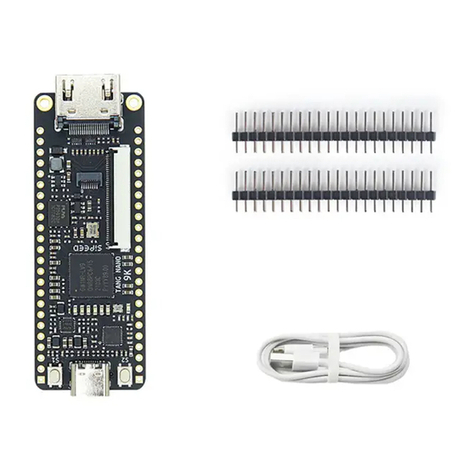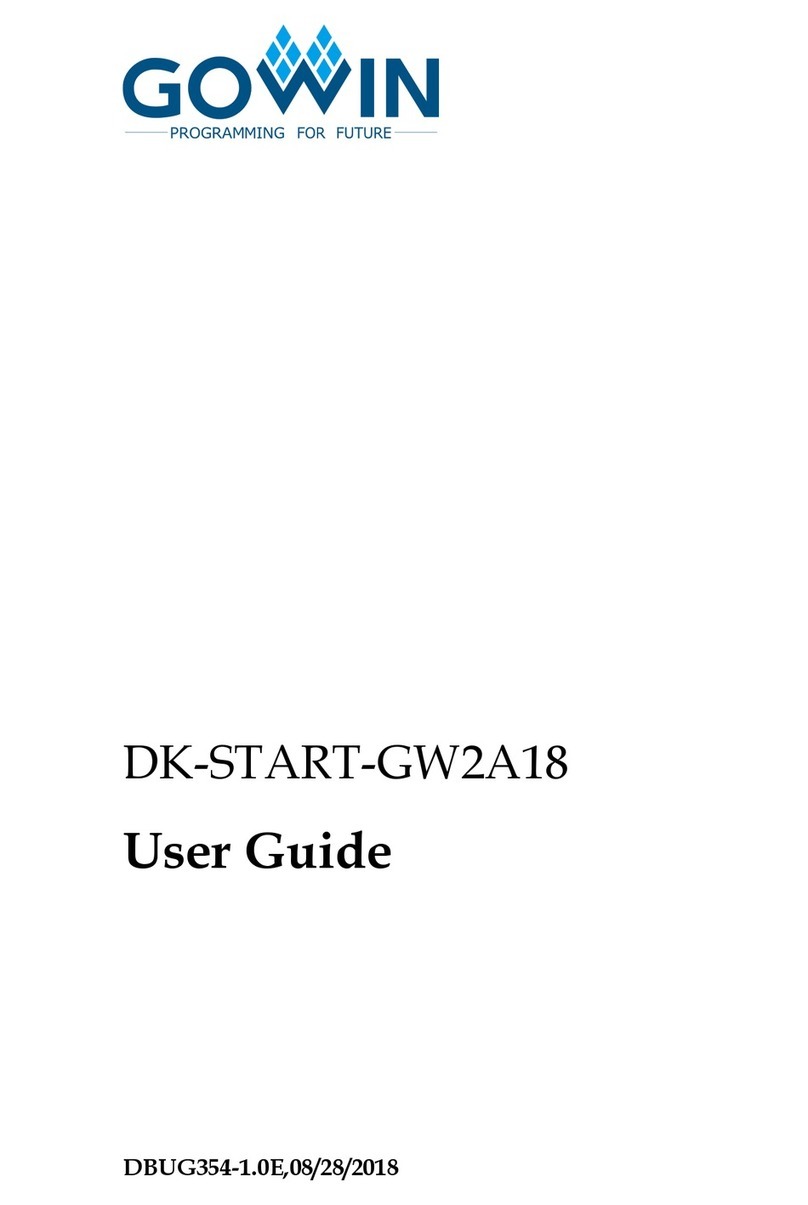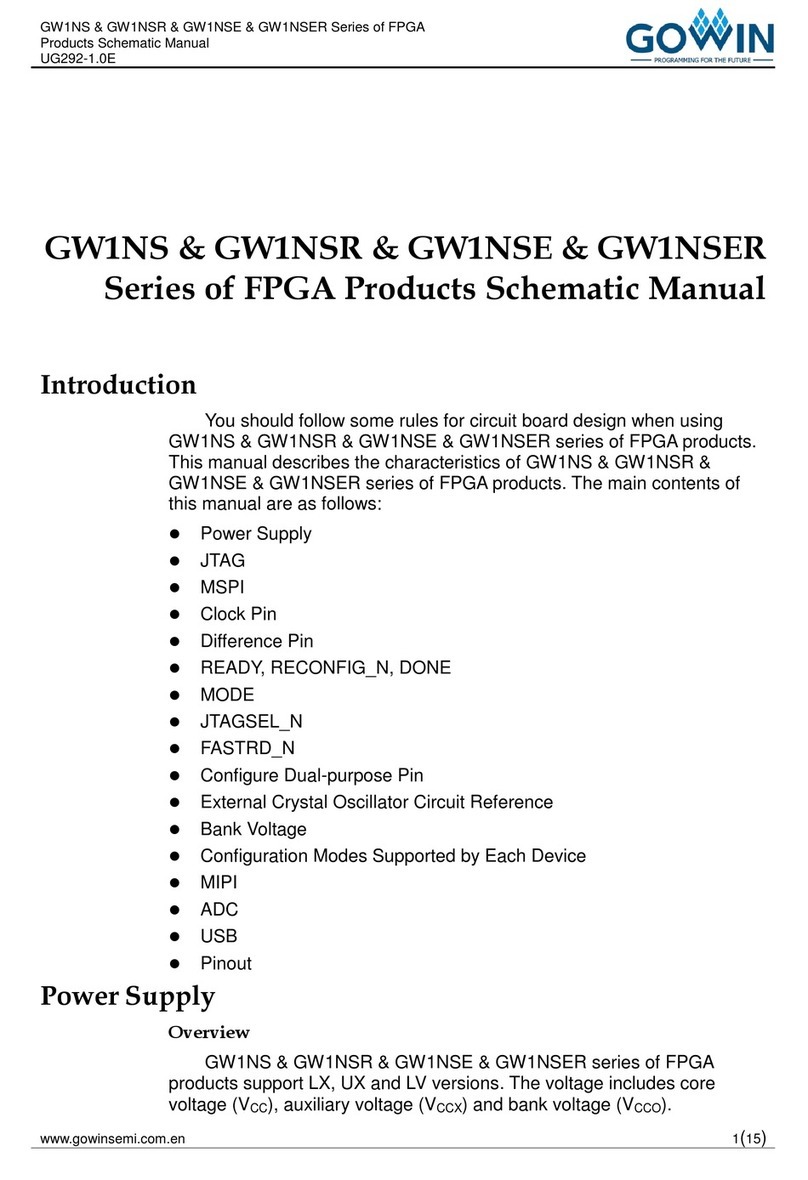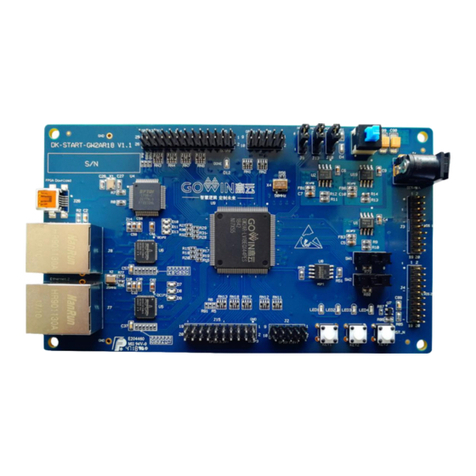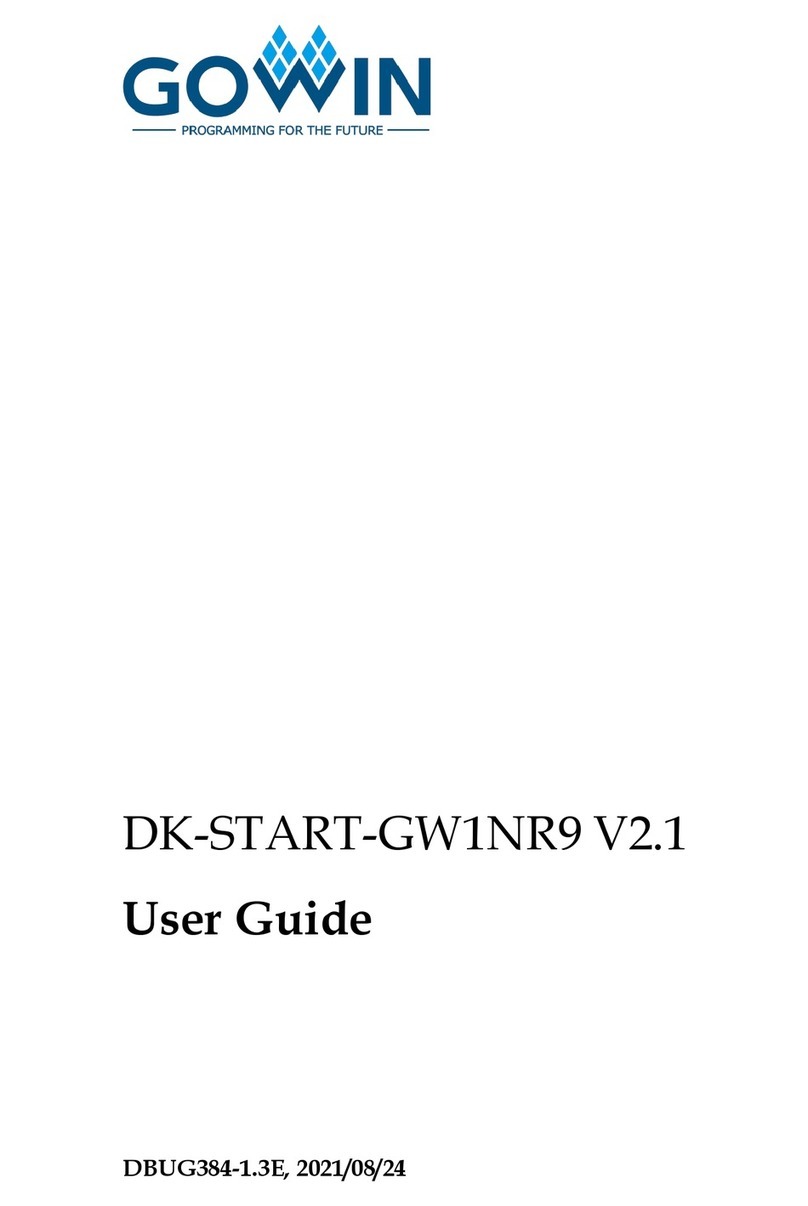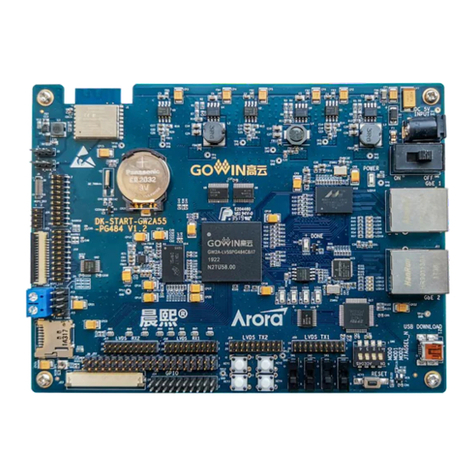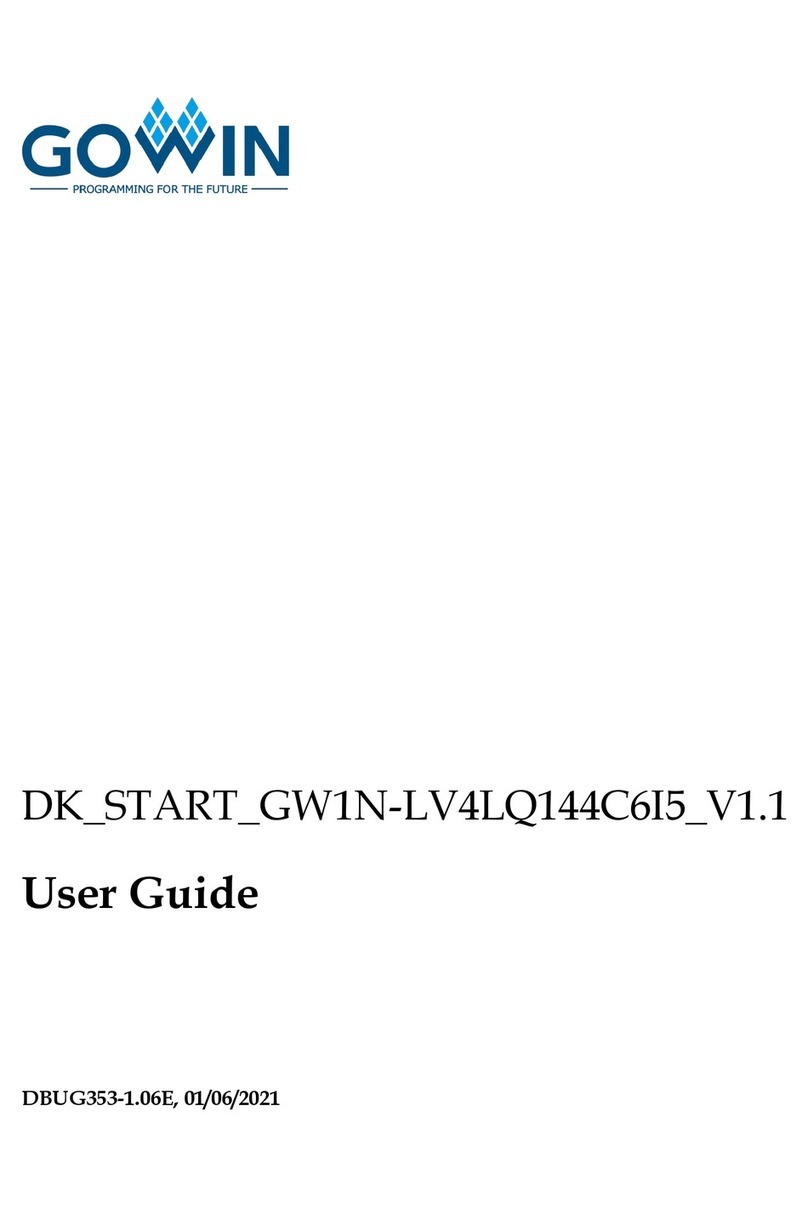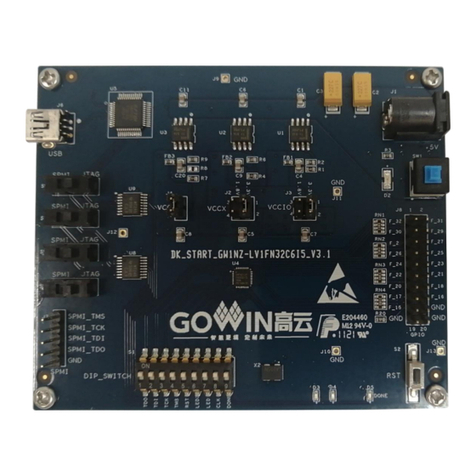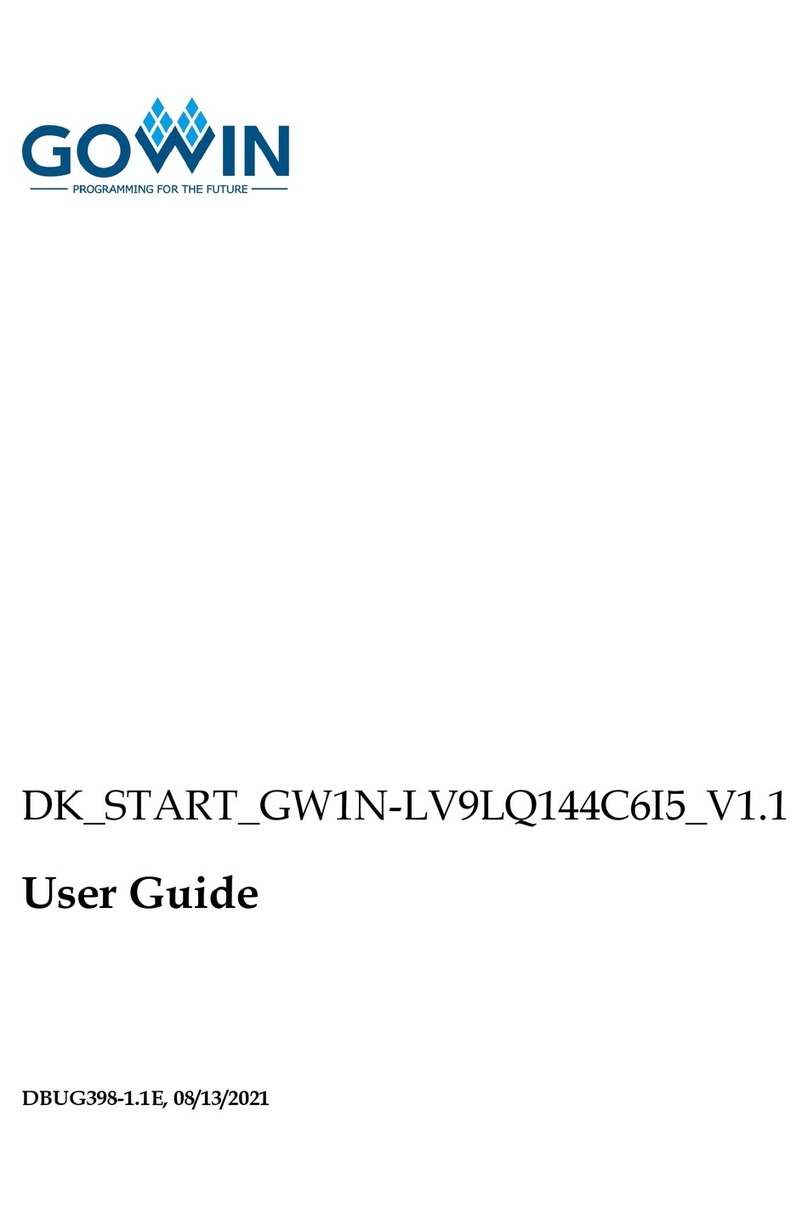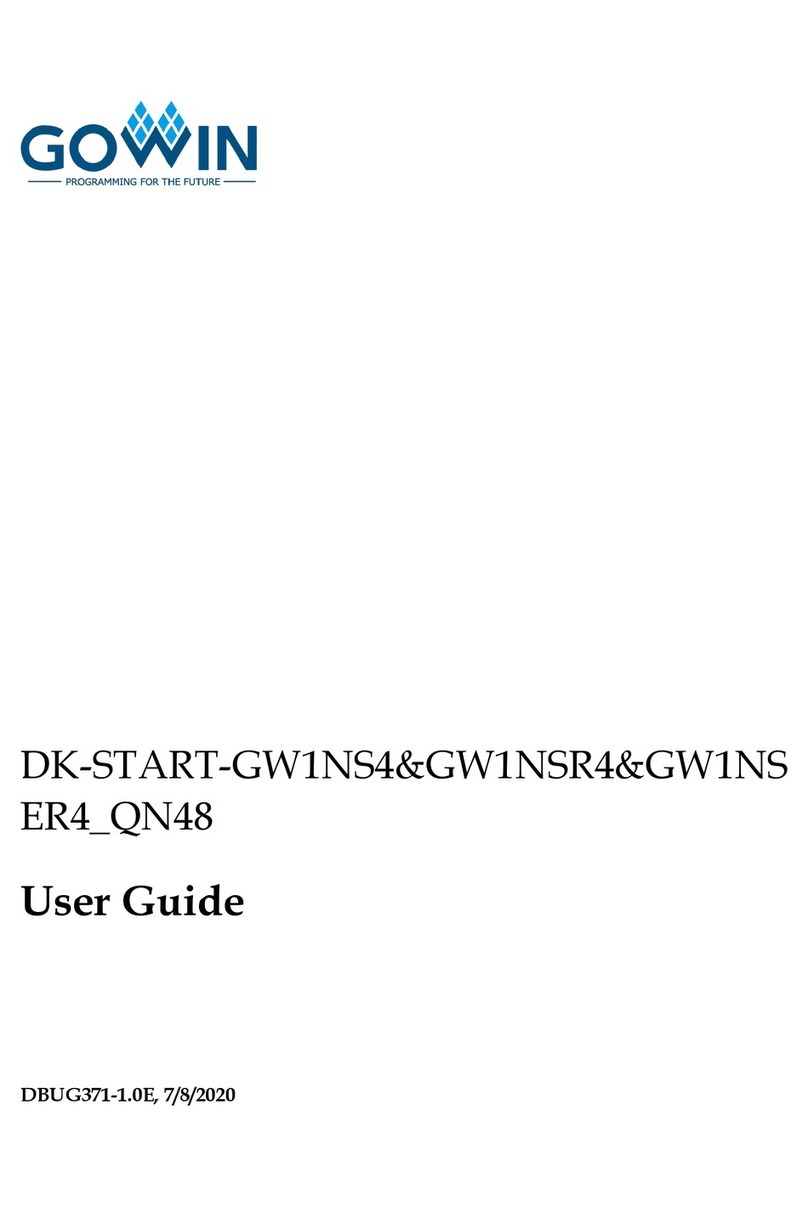
3.5 DDR3................................................................................................................................ 13
3.5.1 Introduction....................................................................................................................13
3.5.2 Pinout.............................................................................................................................13
3.6 Ethernet ............................................................................................................................15
3.6.1 Introduction....................................................................................................................15
3.6.2 Pinout.............................................................................................................................16
3.7 LVDS Interfaces................................................................................................................ 16
3.7.1 Introduction....................................................................................................................16
3.7.2 Pinout.............................................................................................................................17
3.8 MIPI DSI ........................................................................................................................... 20
3.8.1 Introduction....................................................................................................................20
3.8.2 Pinout.............................................................................................................................21
3.9 MIPI CSI ........................................................................................................................... 22
3.9.1 Introduction....................................................................................................................22
3.9.2 Pinout.............................................................................................................................23
3.10 SD Card..........................................................................................................................24
3.10.1 Introduction..................................................................................................................24
3.10.2 Pinout...........................................................................................................................25
3.11 RTC.................................................................................................................................25
3.11.1 Introduction ..................................................................................................................25
3.11.2 Pinout........................................................................................................................... 25
3.12 AD/DA.............................................................................................................................26
3.12.1 Introduction..................................................................................................................26
3.12.2 Pinout...........................................................................................................................26
3.13 CAN ................................................................................................................................27
3.13.1 Introduction..................................................................................................................27
3.13.2 Pinout...........................................................................................................................27
3.14 WIFI ................................................................................................................................ 27
3.14.1 Introduction..................................................................................................................27
3.14.2 Pinout...........................................................................................................................28
3.15 GPIO...............................................................................................................................28
3.15.1 Introduction..................................................................................................................28

